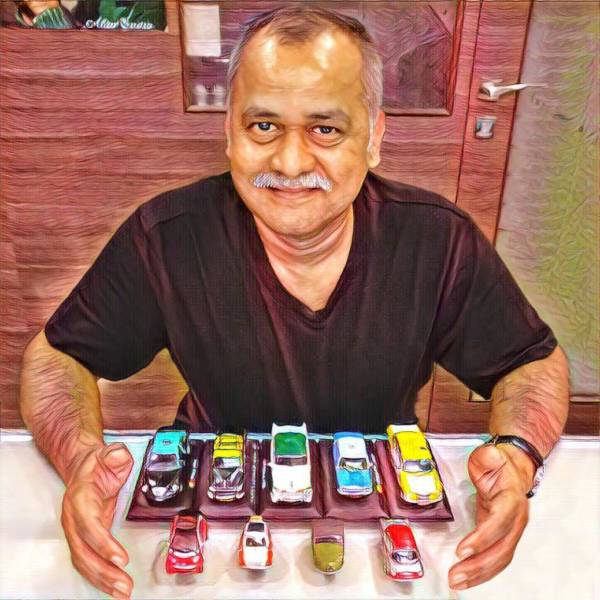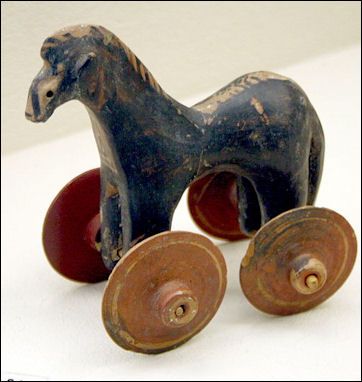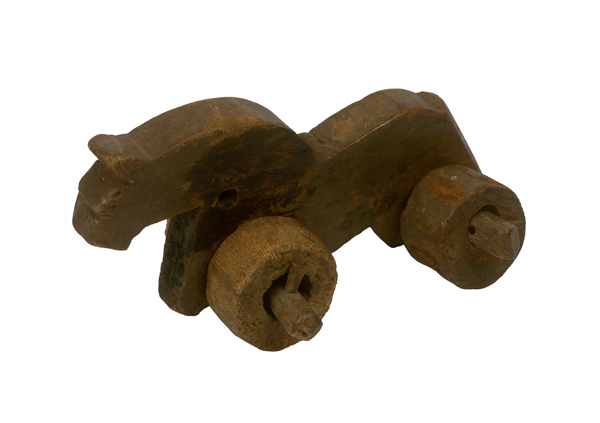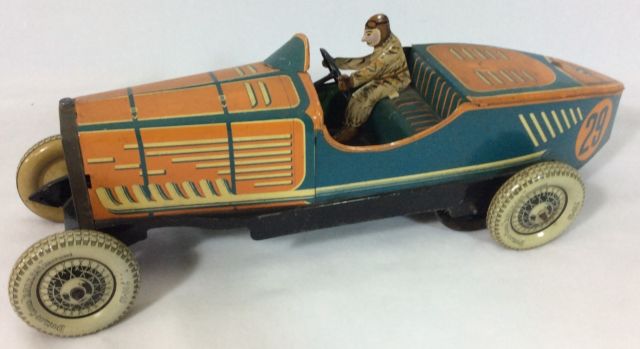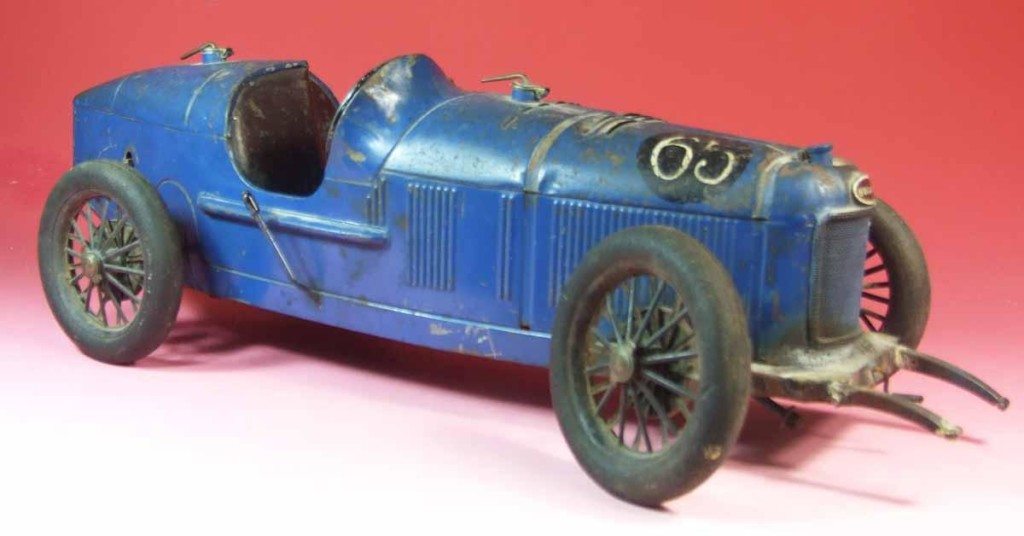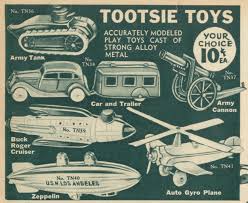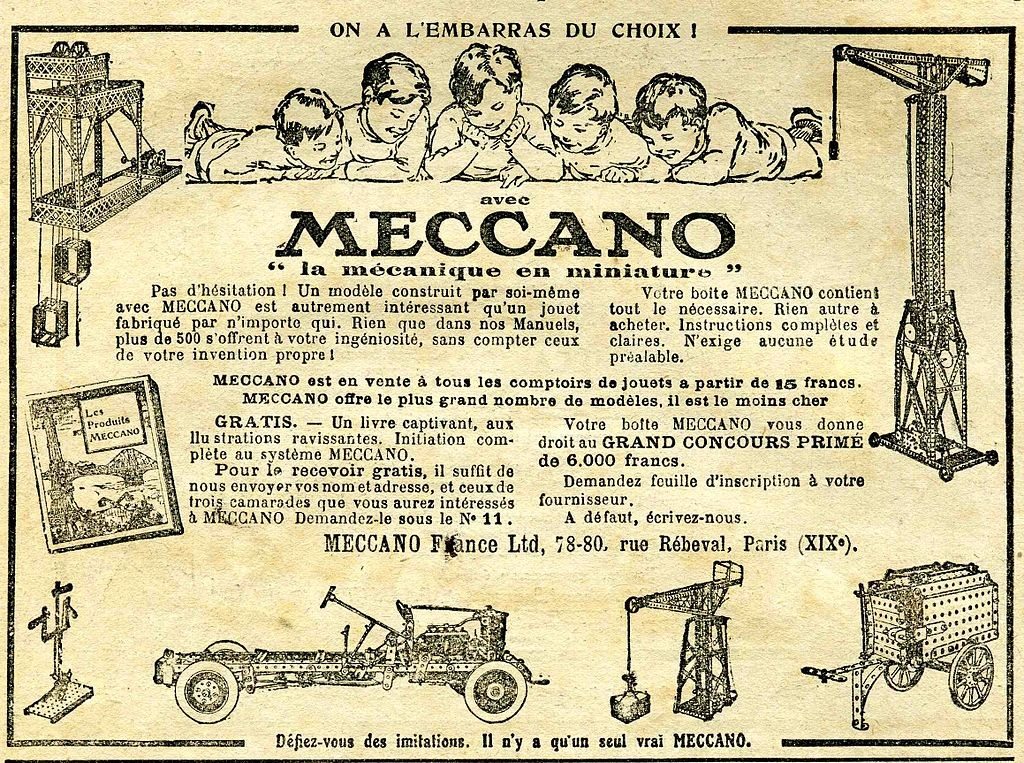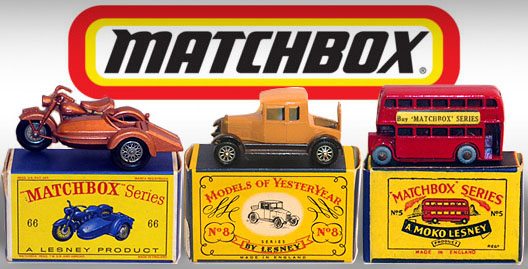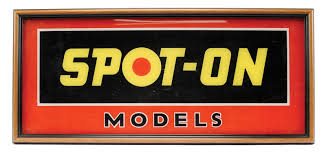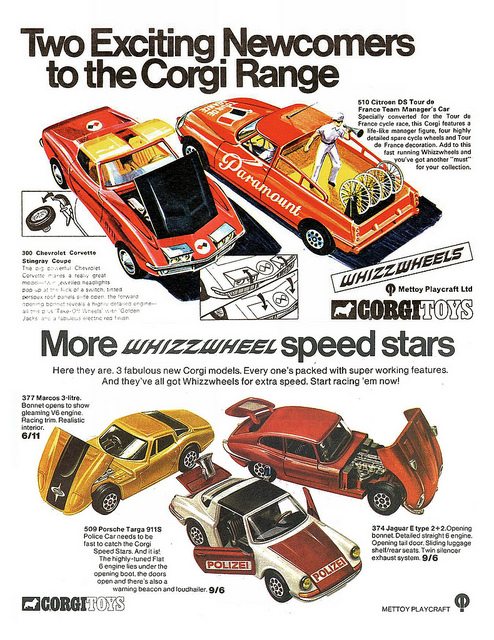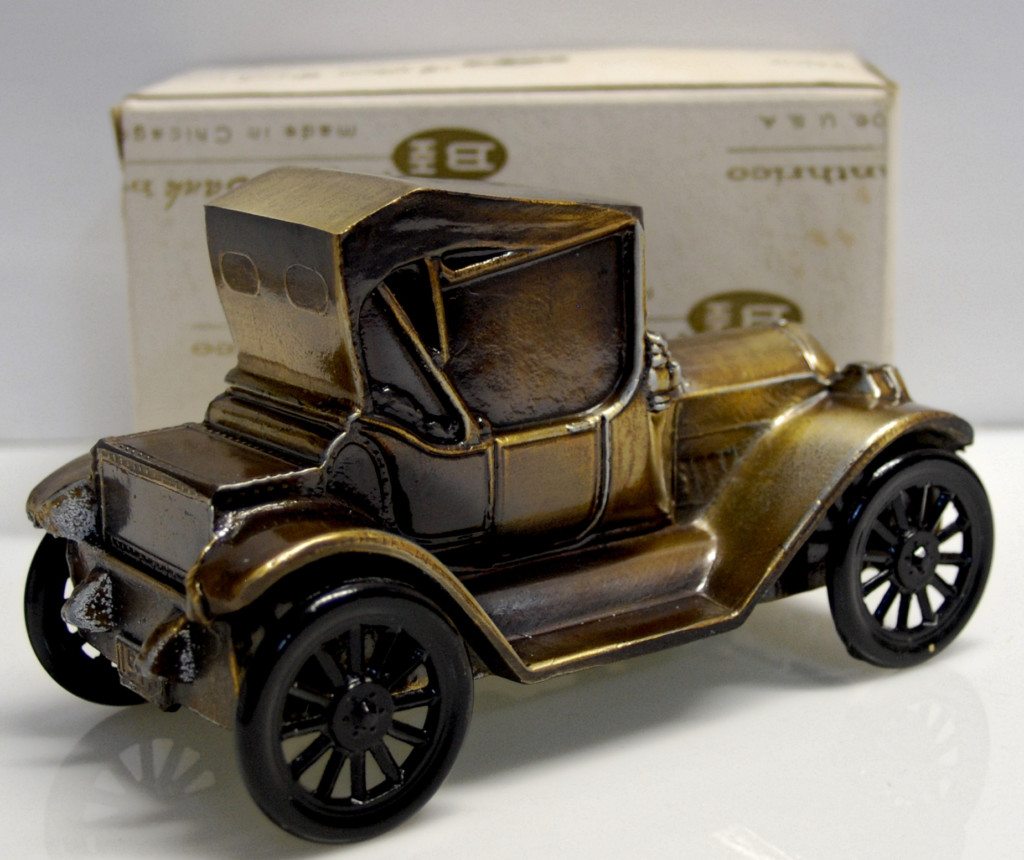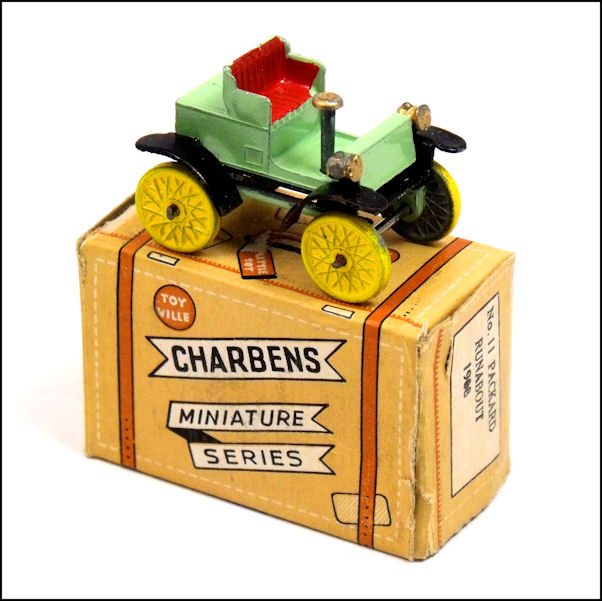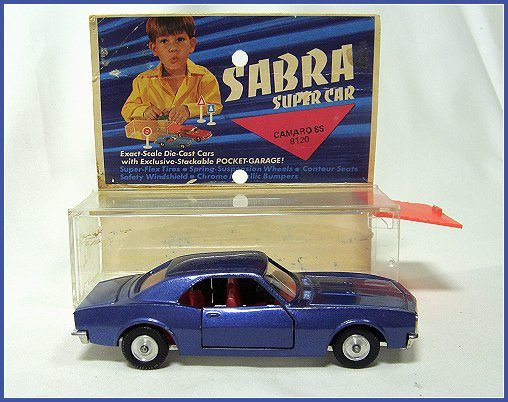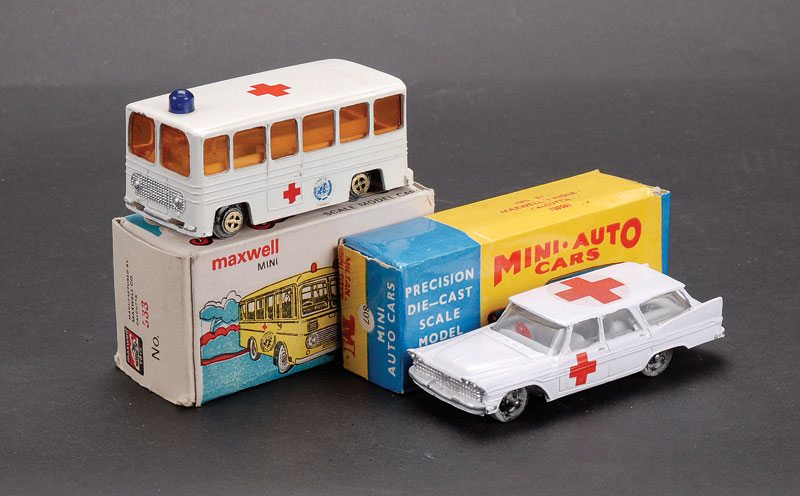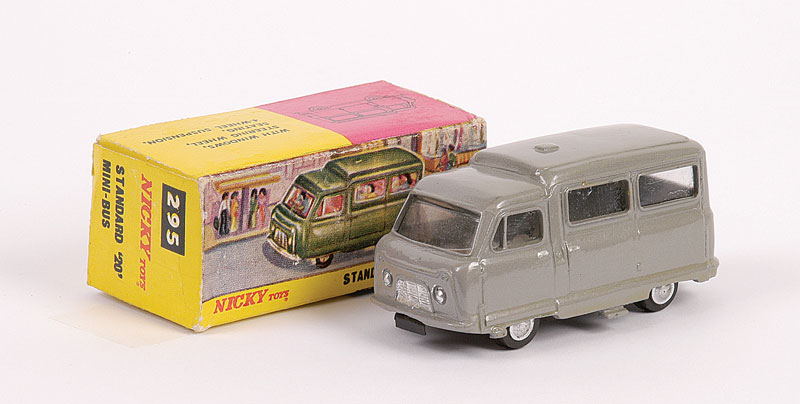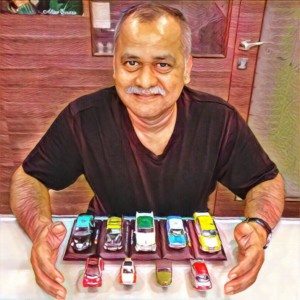Scale down models go by different names – diecast models, scale models, miniature models, etc. depending on the country you live in. They are either bought as toys or as collectibles for display and they come in many forms and sizes. Some are in the form of plastic kits, while others are offered as metal kits. Few are made in resin. However the most popular are those that are made in metal.
We will begin our journey by tracing the origin of these models, processes involved, choice of models and the way collectibles can add worth to your prized possessions.
Origins
It was in the island of Crete (now, in modern Greece) that the world’s first toy was probably made 3600 years BC during the Minoan civilization.
The Minoans made a horse with wheels that their children could drag behind them. This toy was found at Knossos in Crete and is still preserved at The Archaeological Museum of Heraklion.
The Byzantines who later conquered this island in 1204, probably made the world’s first miniature models in bronze and wood.
History
Though many consider Frank Hornby of Dinky Toys as the father of scale models, it is not so.
The credit actually goes to a Frenchman Charles Rossignol who could be considered as the father of modern-day scale models. It all began in 1868 when he started making miniature toys by stapling (welding did not exist then). It was much after in 1888 that the process of welding was used for joining different parts of metal toys.
His son, by then partnered with the Roitel family (Roitel, Rossignol & Cie) and established the brand C.R. They went on to produce several scale models of Bugatti, Delage and Delahaye until 1962.
On the other side of the Atlantic, the Dowst & Shure Brothers formed a partnership firm in 1890 to make toys and later diecast models in 1909, under the brand Tootsie, later as TootsieToy. Today, TootsieToy could be considered as the oldest toy brand in USA.
Meanwhile in the UK, Frank Hornby an accountant in a meat importing firm, started by making simple metal toys for his kids in 1890. Recognizing its potential, his boss David Elliot formed a firm with him to make metal construction kits under the brand name Meccano.
Then, somewhere in 1920, they moved to making train model sets which was an instant hit (they are still sold under the brand name Hornby). In 1935, the name changed to Dinky Toys and they increased their product range to include military & tank models, buses & lorries, aircrafts and ships.
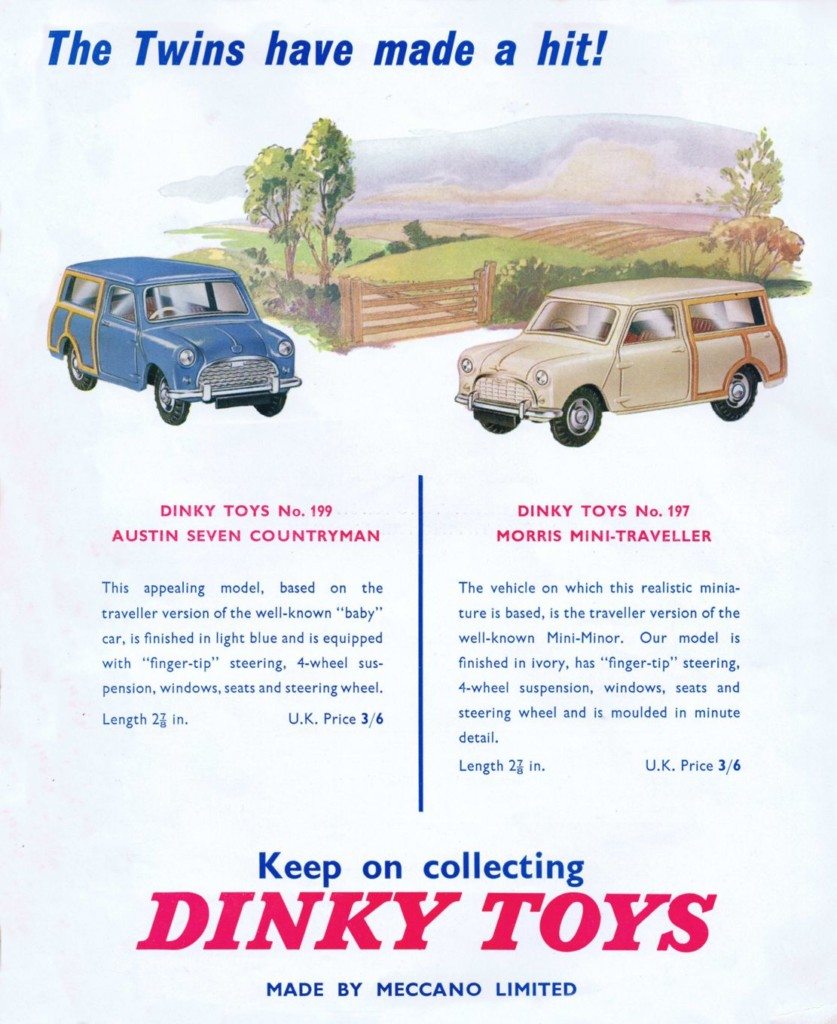
History of diecast cannot be complete without mentioning the name of Corgi, a brand that still exists. This brand, launched by the Mettoy Company in 1933 was to compete with DinkyToys and from 1956 posed a serious threat to Dinky Toys. So were the brands – Spot-On and Matchbox.
In the 40’s, another brand Banthrico started making automotive model miniatures, mainly for banks. Most of them had a hollow space for storage (piggy banks) and were gifted to their customers.
By late 40’s, 50’s and 60’s, interest to collect miniature scale models increased and a number of manufacturers came up. Notable brands include Timpo, Charbens, Benbros, Chad Valley, Lonestar, etc. In other parts of the world too, several brands popped up – Sabra (Israel), Buby (Argentina), etc.
(Charbens)
(Sabra)
India, too had its fair share of diecast manufacturers – Maxwell, Nicky Toys, Milton, etc.
(Maxwell)
(Nicky Toys)
In the 70’s, interest to collect miniatures started waning. In the 80’s due to the increase in cost of raw materials, cost of products increased. To add to the existing problem was the heavy influx of exciting video games that made people lose their interest and so sales started plummeting. In the process several firms winded up during this period.
It was only after China emerged as the manufacturing hub in the 90’s that existing & newly established firms moved their production base and started producing scale models at a better price giving better finish.
Today, sales of miniature models are a multi-million dollar business and there are several large manufacturers. And, yet there are newer brands coming up.
Next time, we will go through how scale models are made, various sizes and the different types. Until then….. happy collecting.
Subrato Sen is a welding engineer by profession and an avid scale model collector. His initiation as a scale model collector occurred as a school boy in 1978 when he got a BOAC (former name of British Airways) airlines coach made by Maxwell (Indian brand) from his parents; an item that he still, with pride, possesses. Models & brands that are lesser known are his speciality. He has a penchant for collecting automotive car & truck models from COMECON countries, steam-driven vehicles before 1900 and has a huge collection of taxis & buses from most cities of the world.
Currently, he lives in a suburb of Mumbai and continues together with his passion. He also runs an online scale model business. You can buy scale models from his website scalemodelcart.com
Disclaimer : The opinions expressed within this article are those of the author. The article does not reflect the views of Motoroids and Motoroids does not assume any responsibility or liability for the same. The images used in the article have been provided by the contributor. Motoroids doesn’t claim the copyright for the images used.

